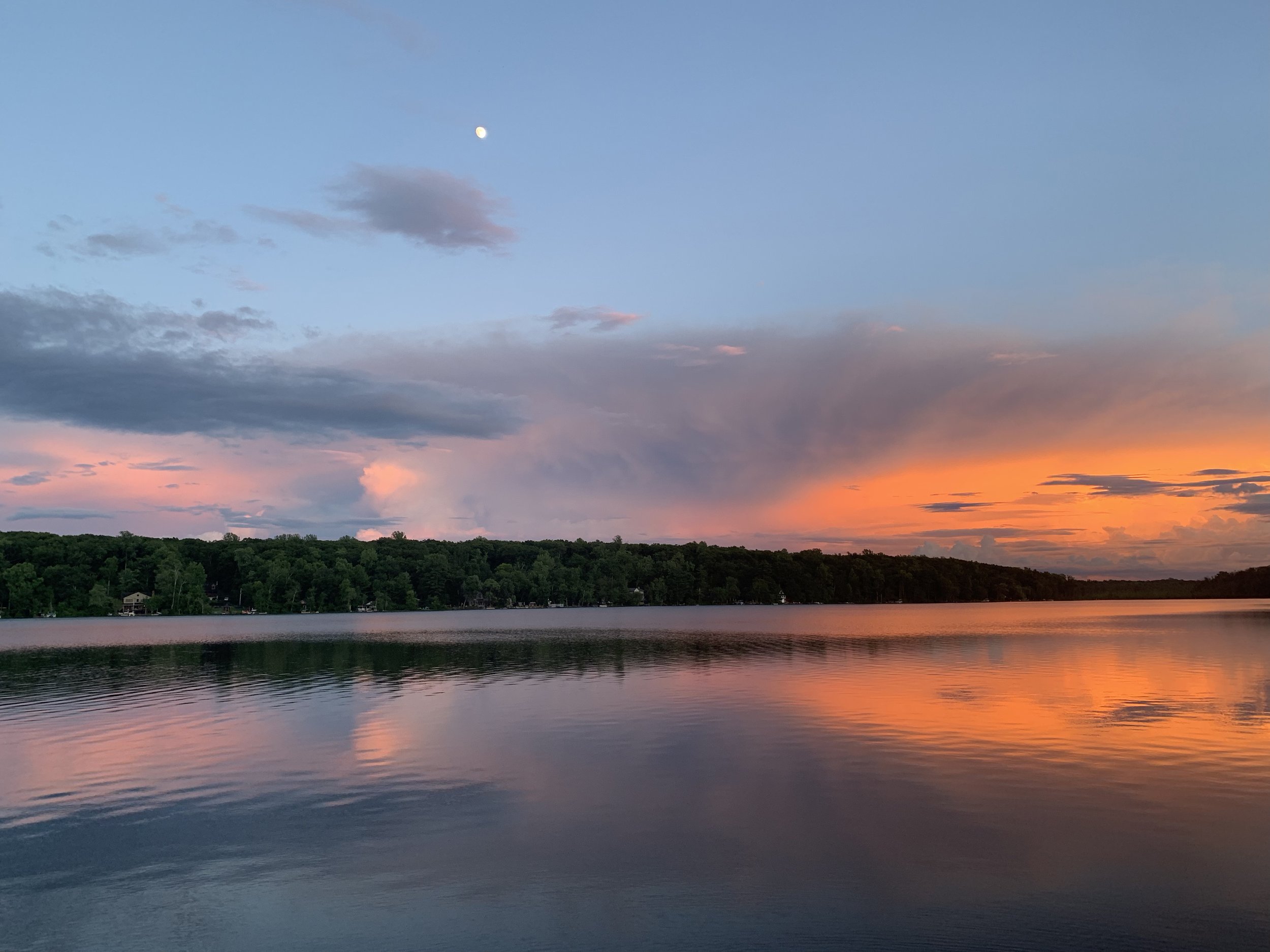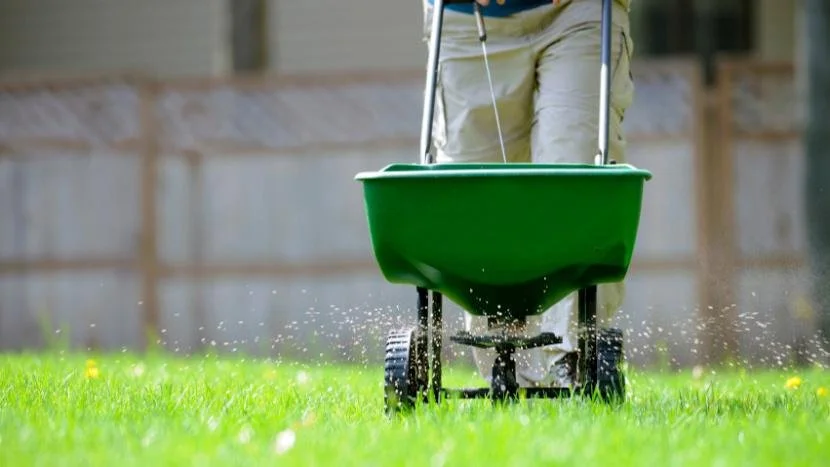
Water Quality
Water quality is a top priority at Lake Owassa. Our lake is more than a just beautiful place. It is a vibrant and ever changing ecosystem.
The Environment Committee tests frequently May through October to ensure our lake remains a strong, balanced ecological resource, as well as a recreational one.
We continue to monitor for Harmful Algae Blooms (HABs) and the over abundance of phosphorus and other other nutrients that fuel them.
Water Quality Parameters
What were are monitoring and why
Fertilizer Ban
As the weather warms and we eagerly begin prepping our properties for another safe and fun filled season at the lake, the Board would like to make LOCA members aware of the ban on fertilizer usage.
One key driver of Harmful Algae Bloom (HAB) occurrences is the overabundance of nutrients in lakes, which “feed” these blooms. While nutrients are a part of a healthy lake ecosystem and stem from both natural and human sources, it is imperative that human sources are limited. Therefore, at the March 18th Board meeting, the LOCA Board voted to adopt the attached fertilizer resolution for lawns. This resolution is just one early step to better understand and manage HAB occurrences as the nutrient input from fertilizer use can be controlled. The Board is also looking into other proactive solutions for better HAB management.

Water Quality Reports
Water level history on Lake Owassa
LOCA monitors, but does not control, the water level. At times of exceptionally high water, a temporary lake wide “no wake” rule may be put into effect to minimize damage to docks and shorelines.
Invasive Water Chestnut
The file below has important information and photos on the potential invasion of the Water Chestnut and it's prevention.

E. coli
Lake Owassa water is collected and analyzed at a certified lab according to NJ recreational bathing standards. This file below outlines procedures that will be followed regarding sampling and testing of lake water for E. coli.
Aquatic Plant Life
LOCA contracts with Lake Management Sciences to conduct aquatic plant surveys. Both native and invasive plants are identified and density is determined. Subsequently, in June 2022 and June 2023, an herbicide was applied at the Inlet by Bear Swamp, the E Cove and the corner of the F/G Cove by the old store to control Variable Leaf Milfoil, Coontail and Curly Leaf Pondweed.
Below are some results and pictures of aquatic plants identified in our lake.






